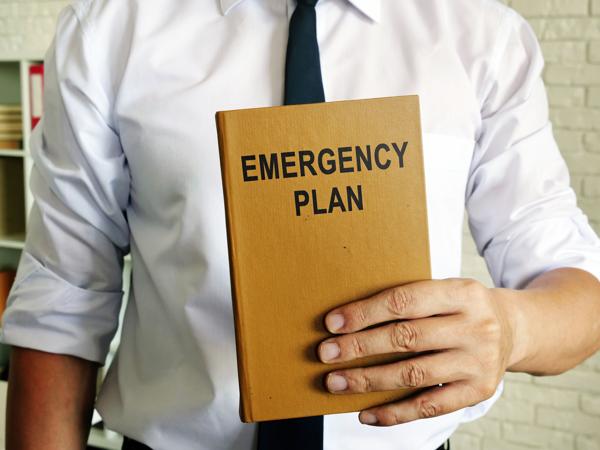In today’s world, emergencies and disasters can occur at any time, leaving communities and individuals in a state of chaos and uncertainty. Having a reliable communication strategy is crucial in ensuring safety and preparedness. This article explores various emergency communication strategies to consider in disaster planning. Remember, while these strategies can be helpful, adaptability and situational awareness are just as important.
Understanding the Importance of Communication
During a disaster, clear and efficient communication can be a lifeline, providing vital information and instructions. It can help coordinate rescue efforts, relay updates to loved ones, and facilitate access to resources. Effective communication also reduces panic and misinformation.
Basic Communication Tools
Mobile Phones
Mobile phones are commonly used in emergencies. Ensure that your phone is fully charged, with backup power sources like portable chargers. Save important contacts, including emergency services, family members, and local authorities.
However, network congestion can occur during large-scale events. SMS may work better than calls in such situations due to lower network demand.
Landline Telephones
While less common today, landlines are often more reliable during network outages. Consider maintaining a landline service and an old-style corded phone, as they do not require electricity to function.
Two-Way Radios
Two-way radios can be an effective communication tool during emergencies, especially in areas where mobile networks are compromised. These radios operate on dedicated frequencies, allowing for direct communication over short to medium ranges.
Ensure everyone in your household or team knows how to use them, and agree on channels and call signs in advance.
Advanced Communication Strategies
Satellite Phones
Satellite phones offer a communication method that is independent of terrestrial networks. They can be invaluable in remote areas where regular phone service is unavailable.
While costly, they provide a dependable option for those who frequently travel off-grid or live in disaster-prone areas.
Emergency Apps and Alerts
Consider apps that provide real-time alerts and updates. Many government agencies and organizations have developed apps to deliver emergency notifications.
Research and download relevant apps for your area. Regularly test them and ensure notifications are enabled.
Social Media
Social media platforms can disseminate information quickly. They can connect you with local and global networks, allowing for timely updates and support.
However, verify information before acting on it to avoid misinformation.
Preparing a Communication Plan
Create a Contact List
Compile a list of essential contacts, including family, friends, neighbors, and local emergency services. Share this list with all household members and ensure everyone knows how to reach these contacts.
Establish Meeting Points
Determine safe meeting spots where family members can regroup if separated. Communicate these locations clearly and conduct regular family drills to ensure everyone knows the plan.
Plan for Special Needs
Consider any special communication needs of household members, such as those with disabilities. Ensure they have accessible ways to receive alerts and communicate with others.
Keep Documentation Handy
Have a physical copy of your communication plan, including contacts and procedures. Store it in an easily accessible, waterproof container.
Testing and Regular Updates
Regularly review and update your communication plan to accommodate changes such as new technology or contact information. Conduct drills to practice different scenarios and ensure everyone is comfortable executing the plan.
Conclusion
Effective emergency communication strategies can significantly improve your ability to cope with disasters. By using a combination of tools and planning techniques, you can enhance your preparedness and ability to respond effectively.
While no plan can guarantee success, the act of preparing can empower you with the knowledge and confidence to navigate emergencies more effectively. Be adaptable, stay informed, and continue learning to improve your communication strategies over time.




